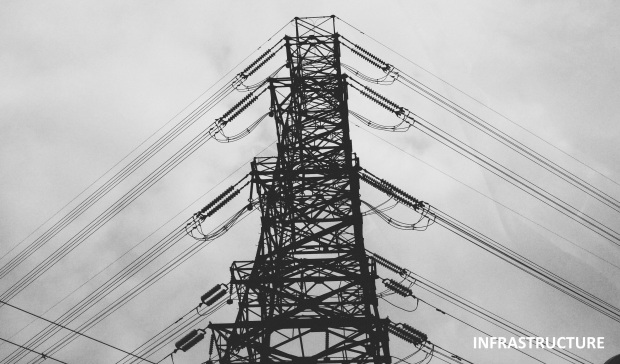
Solar Power have come a long way. Now that solar power tariffs have been bidded so low they are matching the cost of a natural gas plant, it is believed they are finally delivering real value. With feed-in tariffs that are above US$0.05/kWh, governments are losing money for every kWh of power generated by solar – or put it another way around, taxpayers or consumers are paying extra for electron movements that are no different from that generate via other means. Assuming that carbon trading and carbon taxes have been applied, solar power was, until recently, destroying value.
Yet solar panels have finally reached such a cost that electricity tariffs from solar power could match that of more conventional thermal power plants; so despite the ‘losses’ from the past, solar PV technology has finally reached the goalpost we had all intended for. Solar power however, provides a huge challenge for financing as its cashflows presents an interesting profile with negligible operational costs implying that the bulk of the costs in the lifecycle of the plant is upfront. This makes it extremely sensitive to estimated performance through its lifecycle, the lifespan of the panels as well as the cost of capital. I was surprised however, that this single kind of infrastructure project attracted so much private capital as highlighted by the McKinsey article.
The high feed-in tariffs and good returns must have played a part but investors ought to realise that the sustainability of high tariffs needs to be considered. With high tariffs being committed for technologies not proven and improving radically, there’s a real danger of governments failing to honour their tariff promises, thus compromising the returns expected of the older projects. Therefore, high returns ought to be viewed with some measure of skepticism in terms of the expected ‘actual returns’. With much lower solar panel costs and such competitive tariff bids coming up especially in the Middle East (partly due to good solar irradiance which means any solar panels deployed there are used more intensively), governments are tempted to simply renegotiate contracts – or just ignore them eventually.
So the fact that we’ve hit US$0.03/kWh for solar is great news – and the true value is finally beginning to be accrued by those who have fought long and hard to get solar panels up and doing good for the world and for man.
